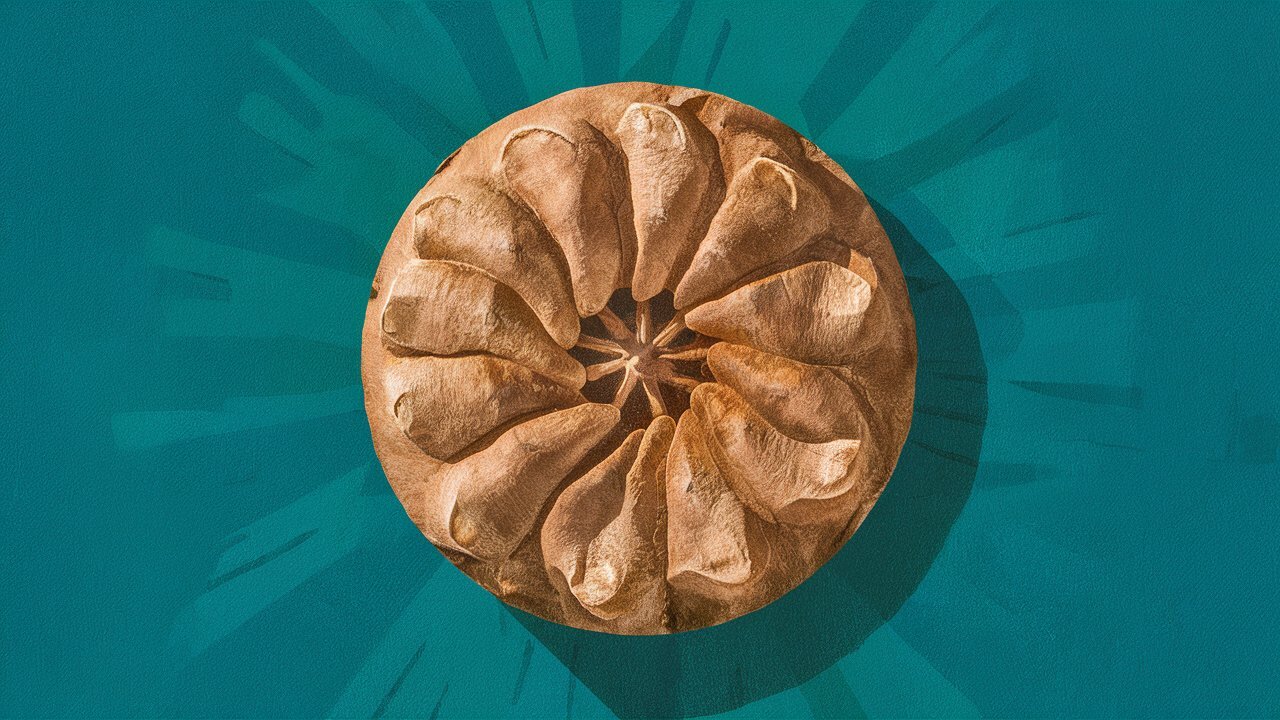This 25-33 mm long seed has a three “frontal” structure that increases its ability to capture wind currents, giving it an evolutionary advantage over seeds with one, two or four “wings”.
Team leader Deming Wang from Peking University notes that the Late Devonian marks a major transition in plant reproduction from spores to seeds. Many of the fossils from this period are covered in protective structures associated with other dispersal methods, such as waterborne dispersal. However, the absence of what is called a cupule in Alasemenia indicates a different approach to seed distribution.
The study’s mathematical analysis shows that the odd number of wings on Alasemenia contributes to stable rotation during landing, allowing more efficient use of wind for propagation.
Source: Ferra
I am a professional journalist and content creator with extensive experience writing for news websites. I currently work as an author at Gadget Onus, where I specialize in covering hot news topics. My written pieces have been published on some of the biggest media outlets around the world, including The Guardian and BBC News.











